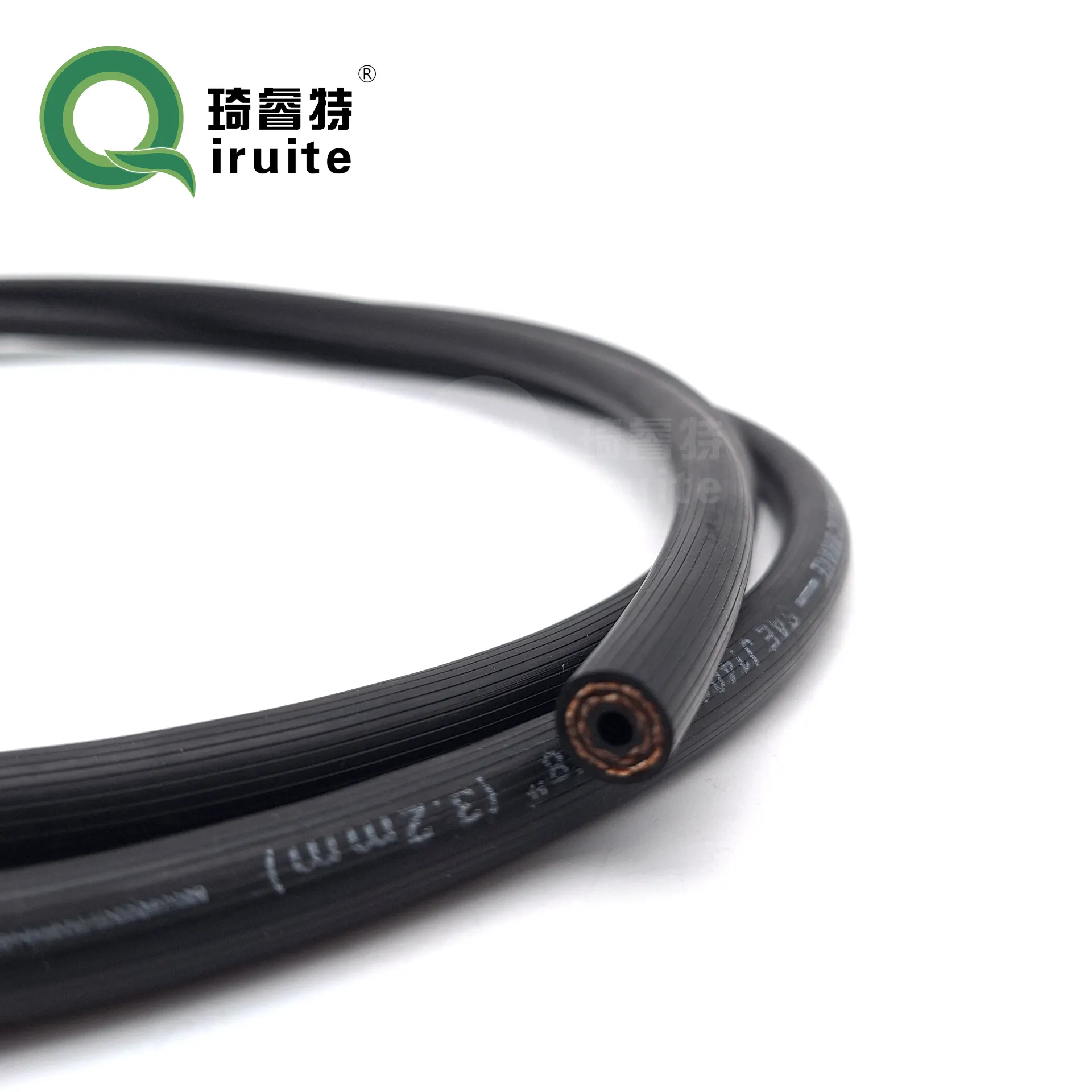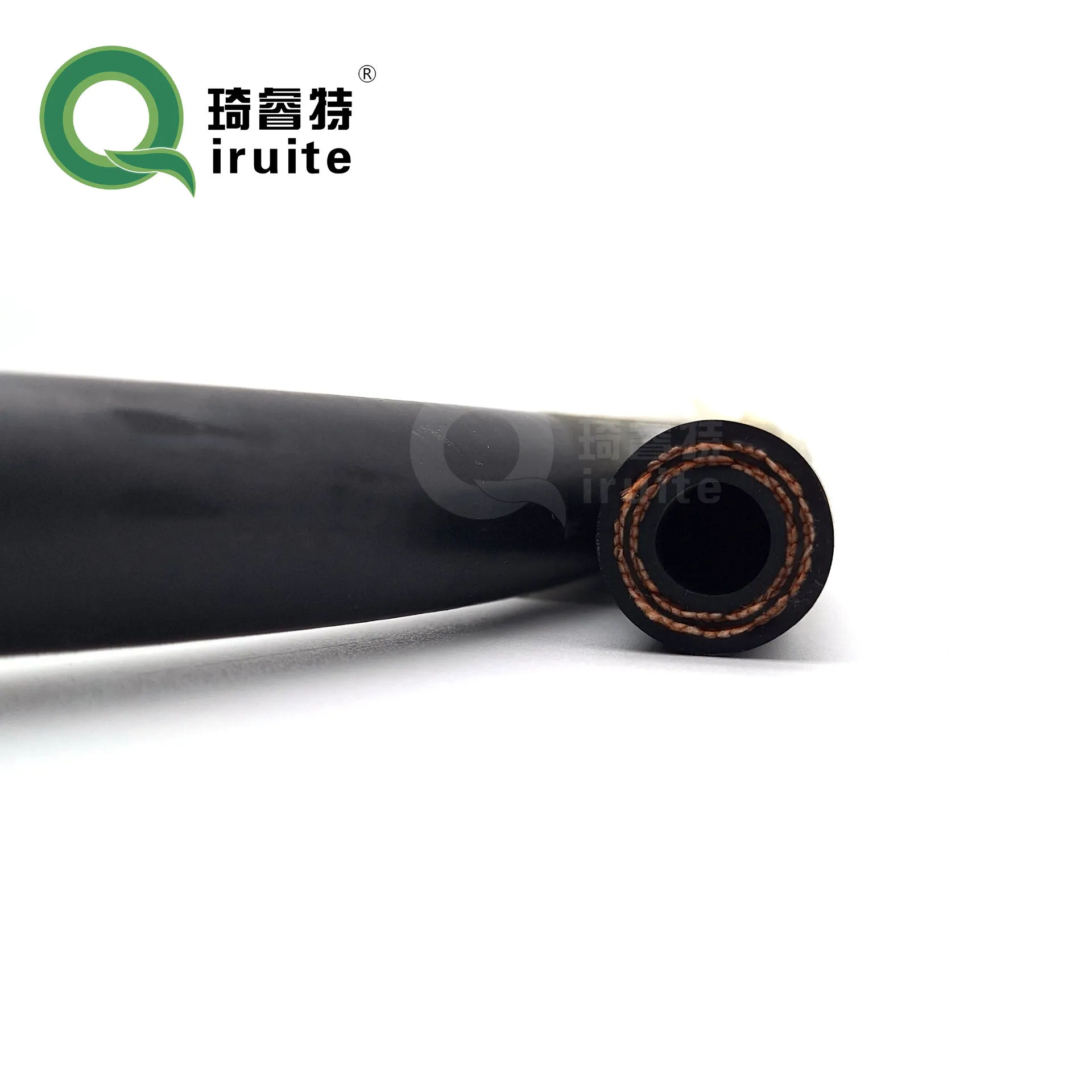Understanding the Importance of Brake Hose in Your Vehicle's Safety
A brake hose is an essential component of your vehicle’s braking system. It plays a critical role in ensuring your brakes respond effectively when needed, providing safety and reliability on the road. In this article, we will explain what is brake hose, its function, and its applications. Additionally, we’ll highlight the importance of regular brake hose replacement and the use of high-quality brake line components.

What is a Brake Hose?
A brake hose is a flexible tube designed to carry hydraulic brake fluid from the master cylinder to the brake calipers or wheel cylinders. This flexible tube allows for movement between the vehicle’s body and its wheels, which is essential for smooth and effective braking. Unlike metal brake lines, a brake hose is designed to handle the constant flexing and movement that occurs as the wheels move, while still maintaining the integrity of the braking system.
The Function of the Brake Hose
The primary function of the brake hose is to deliver brake fluid under pressure to the brake calipers, which in turn applies pressure to the brake pads and rotors to slow down or stop the vehicle. Since the brake hose is responsible for transmitting hydraulic fluid, any leaks or damage can result in reduced brake performance or complete brake failure. This makes the brake hose a vital component for vehicle safety.
High-quality brake hose materials, such as reinforced rubber or synthetic polymers, are used to ensure the hose can withstand the pressure and harsh environmental conditions it is exposed to. This includes resisting heat, moisture, and ozone, all of which can affect the performance of the braking system over time.

Scope of Application of Brake Hose
The brake hose is used in a wide range of vehicles, including cars, trucks, motorcycles, and even racing cars. Its flexibility makes it ideal for applications where the movement between parts requires a non-rigid connection. For example, as the vehicle's suspension moves, the brake hose must bend and flex without kinking or compromising fluid flow. This makes it a versatile solution for braking systems that require both durability and flexibility.
Whether in a commercial vehicle or a high-performance racing car, the brake line must perform reliably under extreme conditions. In racing cars, for instance, the brake hose must withstand higher pressures and temperatures than in regular vehicles, which is why premium materials and construction techniques are used in these applications.
Why Regular Brake Hose Replacement is Crucial
Over time, brake hoses can wear out due to constant exposure to heat, friction, and environmental elements like moisture and debris. As the hose ages, it may develop cracks, leaks, or swelling, which can compromise the efficiency of the braking system. Regular brake hose replacement ensures that the braking system remains in top condition and prevents any potential safety hazards.
Most manufacturers recommend inspecting the brake hose during routine vehicle maintenance or every 20,000 to 30,000 miles. However, if you notice any visible damage or experience reduced brake performance, it’s essential to replace the brake hose immediately to avoid further complications.
The Importance of Using High-Quality Brake Line Components
Using high-quality brake line components is critical to ensuring the overall performance and safety of your vehicle’s braking system. A reliable brake hose made from durable materials like reinforced rubber, stainless steel, or synthetic polymers will offer superior flexibility, heat resistance, and pressure endurance.
Additionally, choosing a brake hose that meets or exceeds industry standards guarantees that your vehicle’s brakes will perform effectively even in extreme conditions. Whether it’s regular driving, off-road adventures, or racing, investing in quality brake line components ensures long-lasting reliability and safety.
In conclusion, the brake hose is a vital part of your vehicle’s braking system. Regular brake hose replacement and the use of top-quality brake line materials ensure that your brakes perform efficiently and safely under all driving conditions. Whether you’re driving on city streets or tackling challenging terrains, a well-maintained brake hose is essential for optimal vehicle safety.
-
Quick Release Ball Joint – Tool-Free, Durable, Leak-TightNewsNov.13,2025
-
Spiral Guard Hose Protection — Durable, UV-Resistant WrapNewsNov.13,2025
-
SAE J1401 Brake Hose Specifications: Durable, Low ExpansionNewsNov.13,2025
-
SAE J1401 Brake Hose Specifications | DOT-Approved, DurableNewsNov.13,2025
-
Spiral Guard Hose Protection - Abrasion-Resistant, UV-StableNewsNov.10,2025
-
SAE J1401 Brake Hose Specifications | DOT-Certified, DurableNewsNov.10,2025

